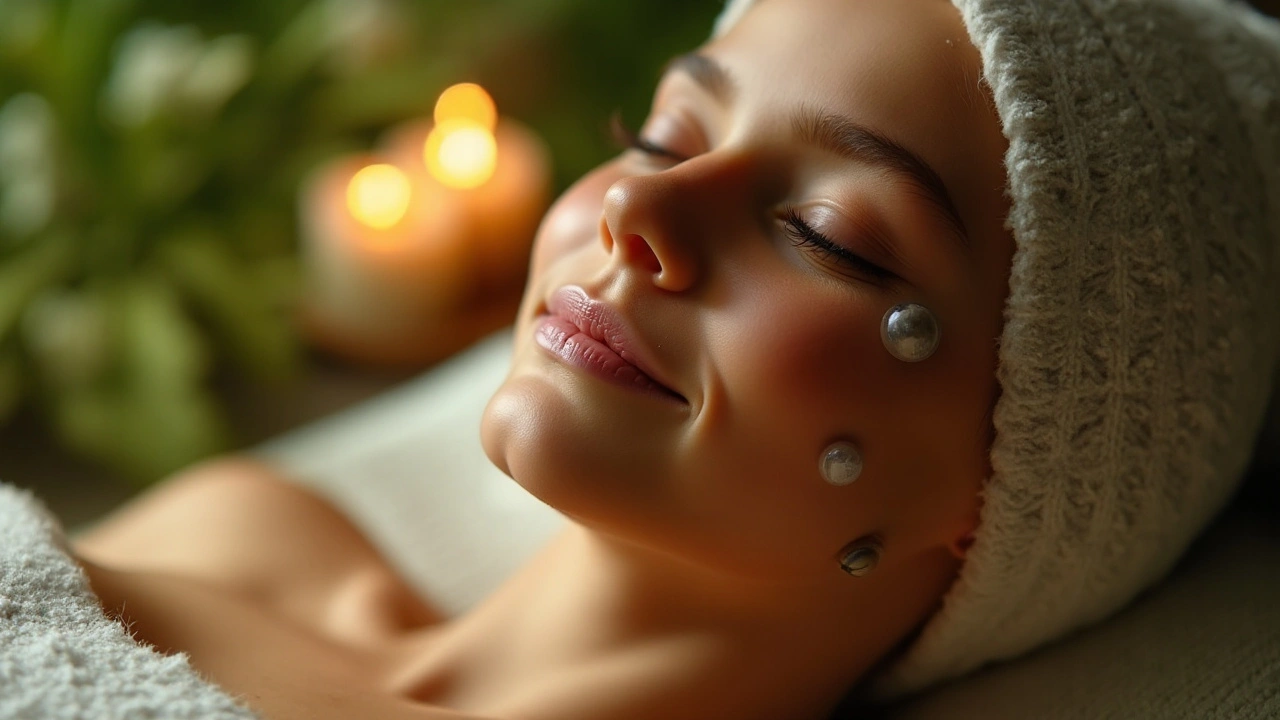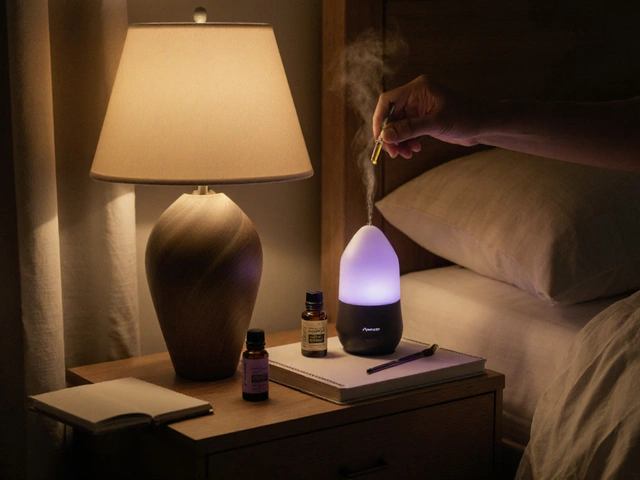Skin rejuvenation for dogs: simple steps to a healthier coat
Is your dog itching, losing fur, or looking dull? Skin rejuvenation means bringing the skin and coat back to comfortable, healthy working order. It doesn't always take fancy products—often the fix is a few clear, doable changes: better food, smarter grooming, gentle massage, and the right vet care when needed.
Start with food, supplements, and grooming
The fastest wins usually come from the bowl. High-quality protein and a steady source of omega-3 fatty acids (EPA and DHA) cut inflammation and help fur look glossy. If your food label lists a named meat first and includes fish oil or algae oil, that's a good sign. Consider a vet-approved fish oil supplement if your diet lacks omega-3s—ask for a dose that fits your dog's size.
Watch for food triggers. If flakes, redness, or digestive upset show up after a diet change, try an elimination plan with your vet. Probiotics can help skin by supporting digestion and immune balance. Biotin and vitamin E also support skin repair, but use them only after vet advice so doses stay safe.
Grooming makes a big difference. Brush to remove dead hair and distribute natural oils, but don't over-bathe—too-frequent washing strips oils and dries skin. Use a mild, dog-specific shampoo for sensitive skin and rinse thoroughly. For visible hotspots or yeast smells, medicated shampoos can help, but check with your vet before starting one.
Massage, targeted care, and knowing when to see help
Massage boosts circulation and helps oil glands work better. Use slow, gentle strokes along the hair growth, and include light kneading around shoulders and hindquarters. If your dog tolerates it, a short lymphatic-style stroke can reduce puffiness and encourage drainage. Techniques from neuromuscular and myofascial work are helpful only when done by someone trained—don’t press hard on sore spots.
Topical creams, sprays, and conditioners can relieve itch and speed healing for minor issues. For scabs, open sores, pus, strange odors, or hair thinning over large areas, see your vet. They’ll check for parasites, allergies, hormonal causes, or infections and suggest treatments like medicated baths, oral meds, or allergy tests.
Small steps add up: improve the diet, keep grooming steady, add gentle massage, and stay alert for signs that need professional care. With a few focused changes, you can help your dog’s skin feel better and the coat look much healthier in weeks—not months.

Discover the Benefits of Snail Facial Massage for Youthful Skin
Unlock the secrets of nature's unexpected skincare ally: the snail! This article delves into snail facials, exploring their origins, benefits for skin rejuvenation, the science behind them, and expert tips for incorporating them into your routine. Discover how these unique treatments offer a natural solution for achieving healthy, radiant skin.




